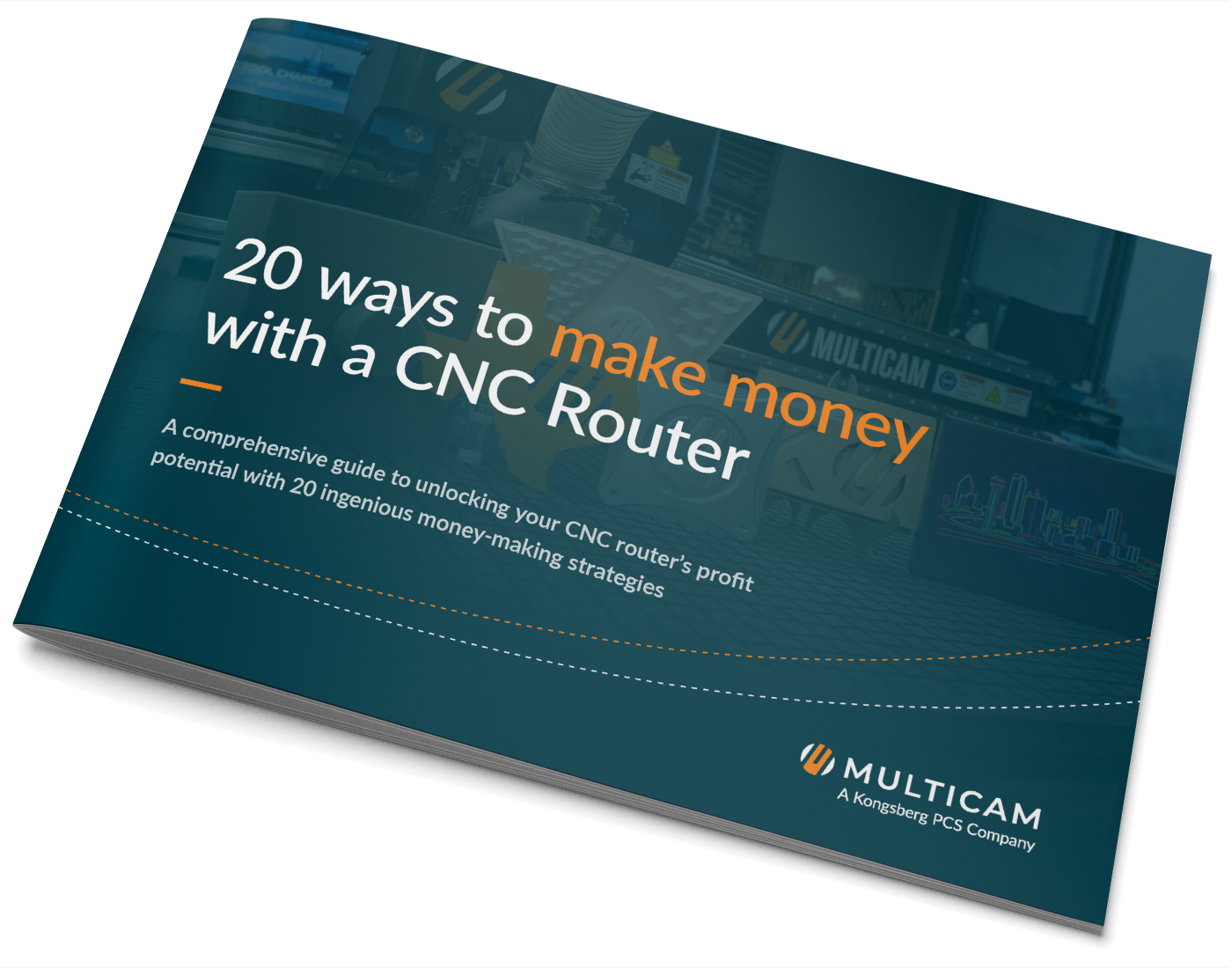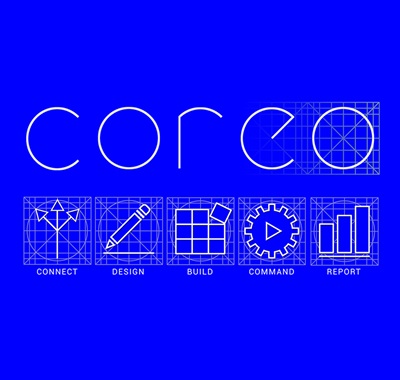CNC Routers
Regardless of the type of cutting you need done, MultiCam has a CNC router that makes a perfect fit (and cut).
Want to talk to a specialist? Just leave your contact info below and we'll get back to you.
With repeatability of just 1/1000th of an inch, you get an accurate cut every single time. Every MultiCam router comes with customizable options for varying application needs.
The 5000 series allows you to cut the largest pieces, while the Apex 3R and 1R come in the most common standard sizes for any production facility.


Various series fit a broad range of materials, which includes thick industrial plastics, non-ferrous metals, wood products and many advanced materials like fiberglass, cladding and hardened carbon fiber.
A Comprehensive Guide to Unlocking Your CNC Router’s Profit Potential with 20 Ingenious Money-Making Strategies.


The MultiCam Apex 1R & 3R excel in a wide range of applications from signage, 3D carving, and aluminum fabrication while add on accessories of automatic knife exchange and oscillation knife expand applications to print to cut, gasket, sound and insulation board cutting.
The large, heavy duty table format with higher power, cut speeds, and rapid traverse speeds of the 5000 Series fit perfectly into marine and aerospace fabrication, thick aluminum fabrication, and any large sheet or pendulum process operation.
All routers come loaded with MultiCam’s proprietary, and easy-to-use software, so it’ll be simple to start cutting with extreme precision right away.

Just let us know what product(s) you are interested in. Leave your contact info and we'll get back to you.